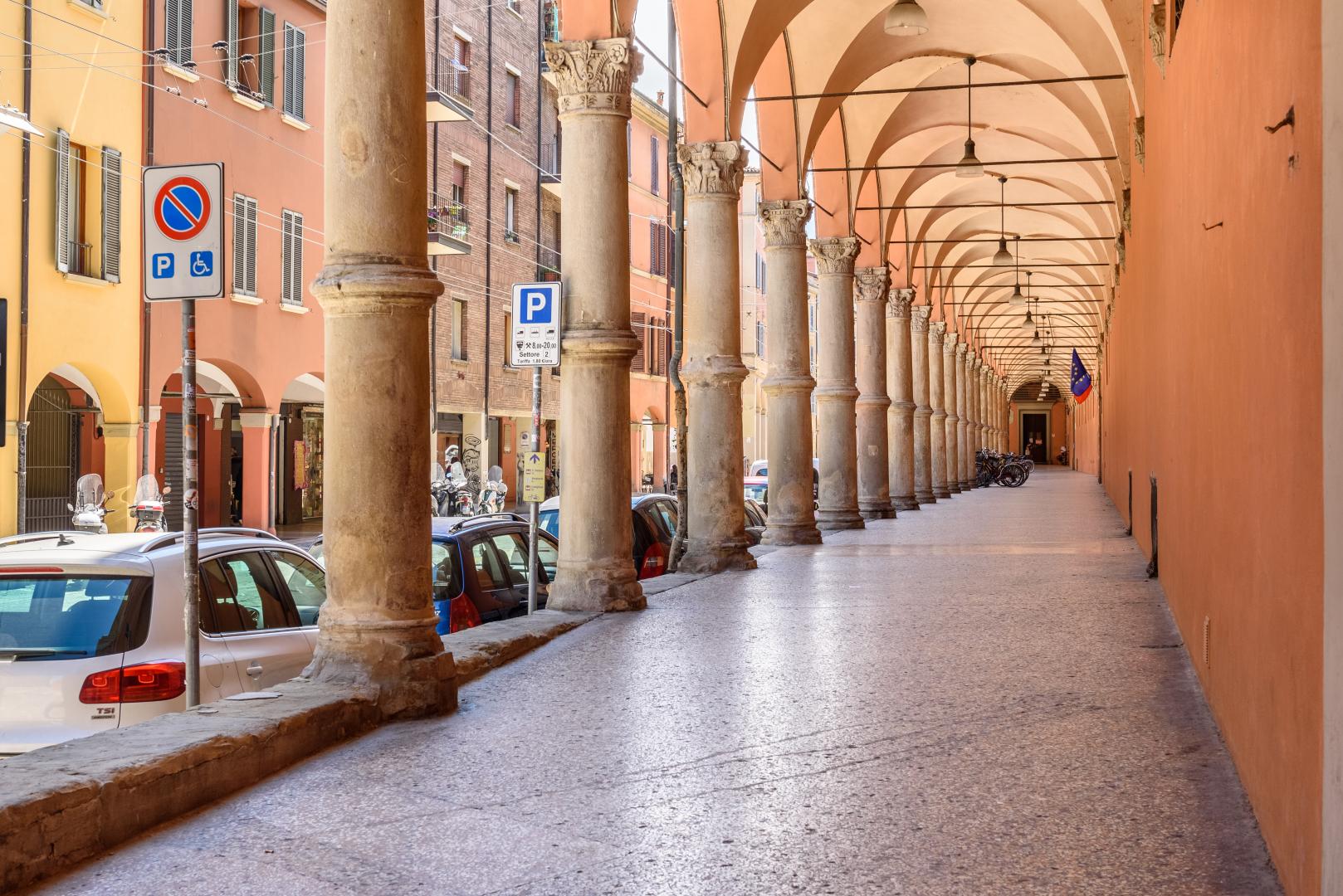S. Giuliano, a Middle Ages monastic church, under the jurisdiction of the Bentivoglio family in the 15th century, was rebuilt in 1778-81 using the design of Angelo Venturoli.
Sources
F. Ceccarelli, D. Pascale Guidotti Magnani, Il portico bolognese. Storia, architettura, città, Bologna, Bononia University Press, 2021, p. 97.
Photo by Giorgio Bianchi

